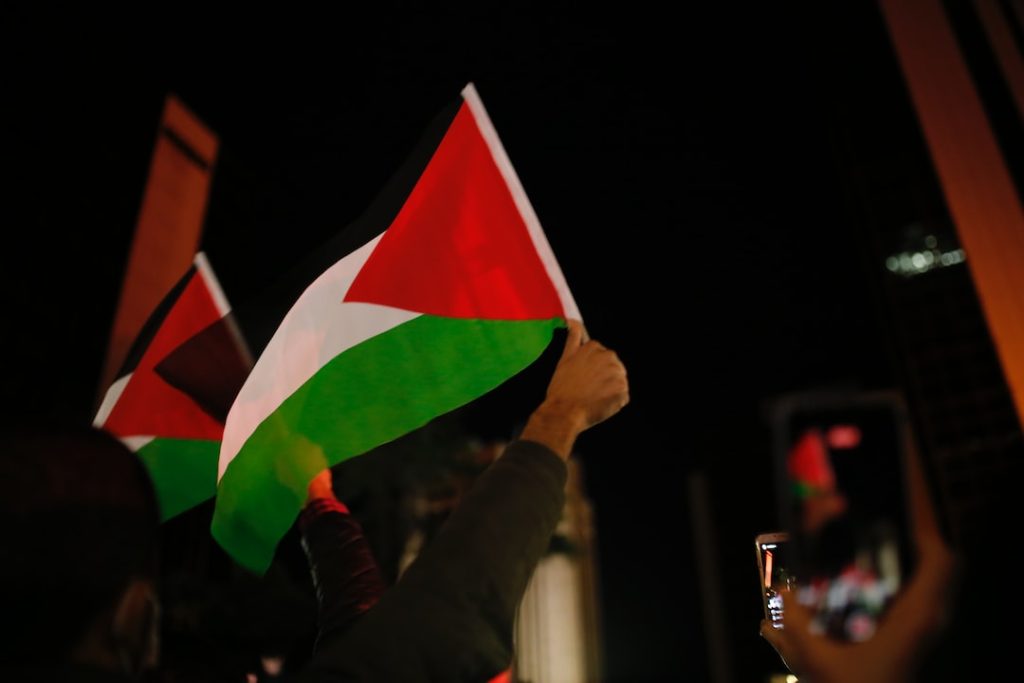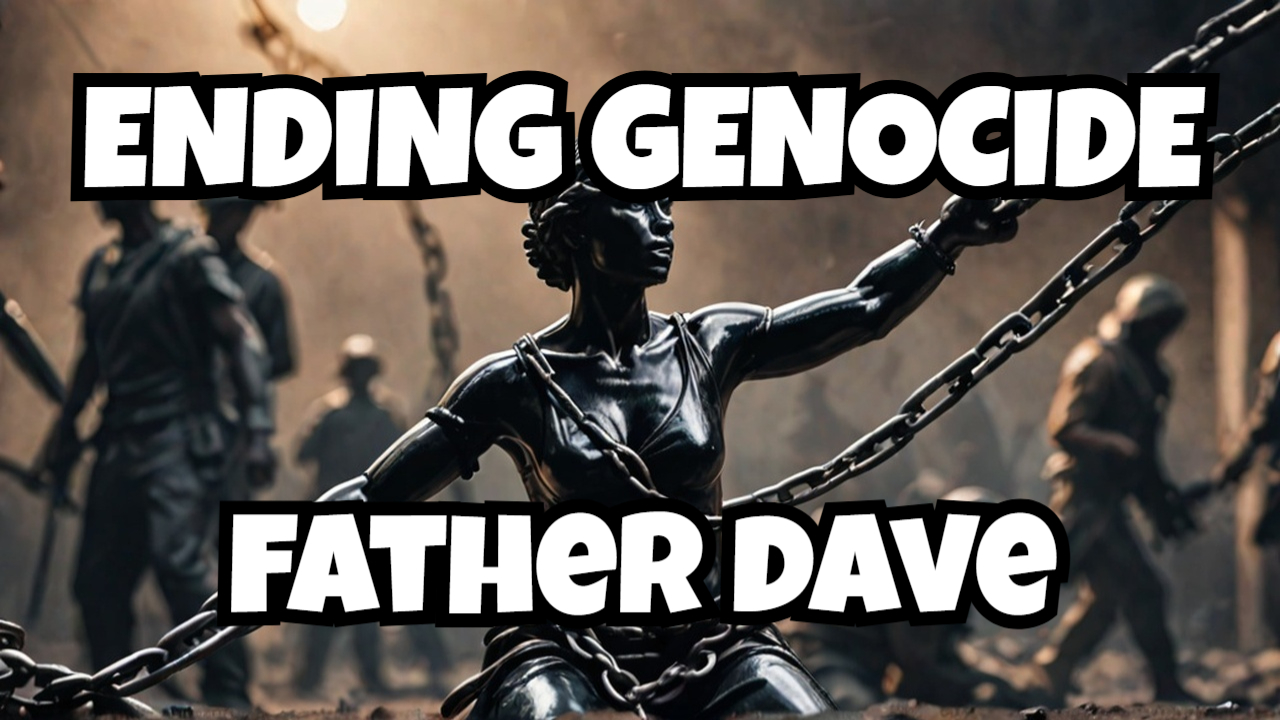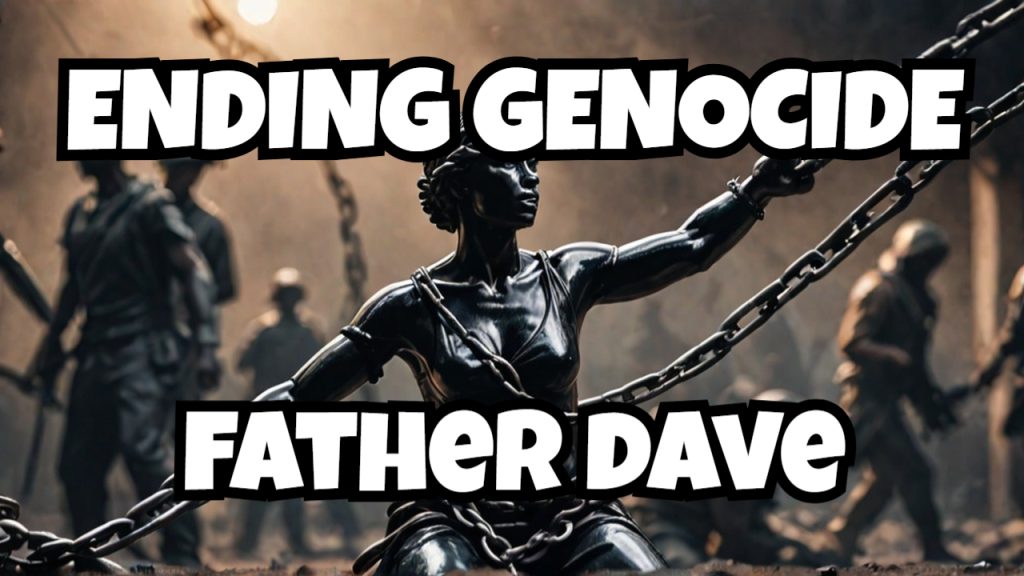The Age / Reuters | Dan Williams | 15 January 2024
JERUSALEM: A Hamas propaganda video has shown Noa Argamani, the 26-year-old-woman whose face came to symbolise the Israel hostages taken after the Palestinian militants attacked a music festival.
Three Israeli hostages are seen urging their government to stop the offensive against the Islamist group and bring about their release, in a video released by Hamas, on the 100th day of the war.
Argamani was kidnapped while trying to flee a music festival in Israel as Hamas attacked on October 7. Images of her being taken away were featured in global media.
The 37-second video released yesterday shows Argamani and fellow detainees Yossi Sharabi, 53, and Itay Svirsky, 38, ending with the message: ‘‘Tomorrow we will inform you of their fate.’’
Hamas said earlier yesterday it had lost contact with some hostages as Israeli forces shelled Gaza, noting they might have been killed in the process. At the outset of the war, it also threatened to execute hostages in retaliation for Israeli military strikes.
Of an estimated 240 people seized by Hamas in an October 7 crossborder killing spree that sparked the war, about half were released in a November truce. Israel says 132 remain in Gaza and that 25 of them have died in captivity.
The hostage crisis has riveted Israelis already shocked by the war, and some relatives of the captives have urged Israeli Prime Minister Benjamin Netanyahu to enter another truce or even call off the war. He has vowed to fight on until Hamas is destroyed, which he argued would enable the hostages’ release. ‘‘We are continuing the war until the end, until total victory,’’ he said on Saturday.
One hundred days after Hamas gunmen broke out of Gaza to launch the deadliest attack in Israel’s history, tens of thousands of Palestinians have been killed, Gaza lies in ruins and the Middle East is sliding towards a wider, more unpredictable conflict.
For both Israelis and Palestinians, the war has been a trauma that looks likely to last for years, deepening the hostility and mistrust that have stood in the way of peace for more than 75 years.
The assault in the early morning caught Israel’s military and security services off guard, opening days of fear and uncertainty for the country as the details of the slaughter of about 1200 people by the gunmen emerged. The Israeli response was immediate, beginning with aerial bombardment and followed by a ground invasion that have together laid waste to Gaza and forced almost 2 million people to flee their homes.
Almost 24,000 Palestinians have been killed and 60,000 wounded in the invasion, according to Gaza health authorities – the largest loss of Palestinian life suffered in the decades of wars and conflict with Israel since 1948.
Israeli officials say they do all they can to avoid civilian casualties and accuse Hamas of hiding its tunnels and military infrastructure among Gaza’s civilian population, putting them at risk. That offers little comfort to the tens of thousands who have lost relatives.
‘‘I come here every day, longing for them,’’ said Khaled Abu Aweidah, who lost 22 members of his family to an airstrike and who still searches the rubble that was his home for any sign of three children buried there.








